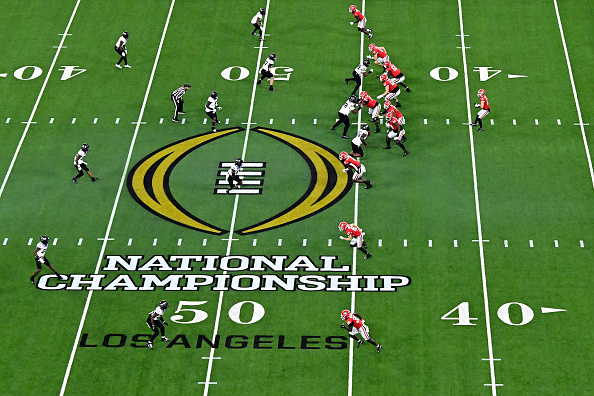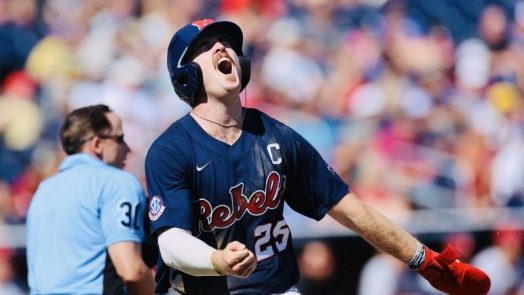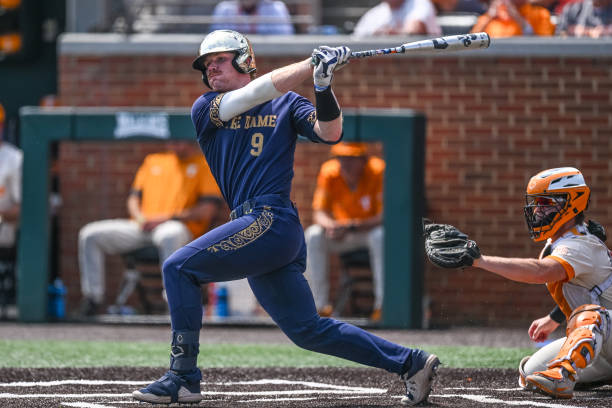Dr. Beth Sullivan | June 13th, 2019
As summer begins each year, the risk from heat-related illness heats up as the mercury rises. On average over the last 20 years, 3 football players have died from heat-related illness. Most of these have been high school athletes, but it has happened at all levels of football as well as other sports. In 2001, Korey Stringer, an offensive lineman for the Minnesota Vikings died from complications related to heat stroke during training camp. Following his death, Korey’s wife worked to bring the message about heat stroke to as wide an audience as possible. In 2010 the Korey Stringer Institute was founded at the University of Connecticut with the goal of increasing the research on and reducing the risks of Heat Stroke.
Heat Stroke and Heat-Related Illness is a risk in any sport that carries on training and competitions during the hot summer and early fall time period. It is imperative that trainers and coaches, as well as athletes, can recognize the rapidly evolving symptoms of heat stroke so that it can be rapidly treated to save lives and limit adverse nondeadly outcomes. Heat stroke is typically caused by a combination of hot environment training or practice environment, strenuous exercise without adequate breaks and recovery periods, clothing that limits evaporation of sweat, inadequate adaptation to the heat, excessive body fat, and/or lack of fitness when resuming rigorous exercise. Heat stroke is a rapidly evolving medical condition and just like other medical emergencies, failing to act correctly and rapidly can mean the difference between successful treatment and another unfortunate death due to heat. Heat stroke treatment hinges on rapidly cooling the athlete’s core body temperature and then transporting them to a major medical center for further treatment.
Risk Factors:
The causes and risks of heat-related illness and/or heatstroke is multifactorial and a bad outcome can result from any combination of these.
- Over-motivation, the athlete who experiences heat-related illness is always characterized as one who is “driven to prove themselves” or “really motivated to succeed” or other words to the same effect. Athletes don’t know when to quit. They want to succeed and asking for a break seems foreign to a lot of them.
- Temperature and humidity pack a powerful punch and heat stroke can occur at any temperature/humidity combination above 80°F and 40% relative humidity.
- Heat Stroke generally occurs the day after a grueling heat intensive workout.
- Heat Acclimation takes approximately 2 weeks. During this time the body goes from limited fluid retention to retaining fluids intaken and increasing the locations for sweat to be released from the body. Unacclimated athletes can suffer the ill effects of excess heat much faster than acclimated athletes.
- Most athletes in the heat can sweat 1-2 L an hour, and most athletes drink less than they sweat. The result is dehydration. This is why if you weigh an athlete before and after a workout, the change in weight is almost entirely related to water loss. Dehydrating only 2% body weight during a summer practice equates to an average football player weighing 246.9 pounds dropping 4.913 pounds during practice. This amount of dehydration can still result in performance and mental decline due to the lack of fluids.
- Dehydration increases heart rate and decreases cardiac output. Heat leads to dehydration which leads to faster and faster body temperature rises in already dehydrated players.
- The protective equipment that is worn by athletes to prevent injury also acts to trap sweat and prevent adequate cooling. With heat not being able to adequately dissipate, the body temperature rises faster and faster.
- Heavier players are more prone to heat stroke as are players who add large amounts of muscle mass. This is because the weight increases heat generation that the body is inadequately equipped to handle.
- Fitness protects. One of the reason athletes are red flagged when they report for training camp overweight and severely out of shape is because being out of shape severely increases the risk of heat-related illness or heat stroke. Limiting their activity while trainers work with them to get into better shape is one-way teams are trying to prevent heat-related injuries.
Subtle Warning Signs:
Understanding the risk factors involved in Heat Stroke is only one part of prevention. All members of the coaching and training staff need to be intimately aware of the warning symptoms so that steps can be taken to adequately cool players before it becomes a matter of life or death.
Early warning signs of impending heat stroke may include:
- irritability
- confusion
- apathy
- belligerence
- irrational behavior
- giddiness
- vomiting
- undue fatigue
Late Warning Signs of Impending Collapse
- Paradoxical chills and goosebumps signal shutdown of skin circulation
- hyperventilation similar to what a panting dog does in the summer
- Incoordination and staggering — “running like a puppet on a string”— are late signs, followed by collapse with seizure and/or coma.
Prevention Steps
Often, after a player experiences heat illness, they will say they drank fluids before competing. Sensible hydration is imperative but not the sole modification. Misting fans, adequate shade during breaks from the activity and slowly ending activity to give body adequate time to cool down is imperative. Hydration helps prevent heat stroke, but there is no advantage to consuming fluid in excess of sweat loss. Likewise, it’s not necessary to overhydrate the night before or during the hours prior to a long run or practice. Athletes need to learn to drink for their needs. During training have them weigh in before and after a workout and learn to adjust fluid intake to minimize weight loss. If weight loss does occur, rehydration after the activity is critical; drink 20-24 ounces of fluid for every pound of weight loss. Also, eat foods with high water content like fruits and vegetables so that calories and sugar can also be replenished. A sports drink (Gatorade) beats plain water because it has sugars to fuel muscles and brain, enticing flavor to encourage drinking, and sodium to hold fluid in the body and help replace sweat losses by making the kidneys retain fluid. Avoid drinking beverages or eating foods with large amounts of caffeine because caffeine acts as a natural diuretic and causes more fluid loss.
Treatment
Just like in treatment for heart attacks and strokes, seconds count. Just as is common practice when a child has a very high temperature, getting an athletes core body temperature down quickly is imperative. When a child has a temperature of 103°F+ most parents are instructed to place the child in a lukewarm bath to cool their core body temperature. The same is true for an athlete being treated for heat-related illness. The Core temperature of an athlete can be as high as 107°F. Getting this temperature down quickly is step number 1. Most athletic teams have an ice bath readily available near the practice field and it is used to rapidly submerge the player’s body in ice water to rapidly cool the core temperature. Brain cells and other body systems start to fail at prolonged temperatures above 105°F. The average player’s temp can be dropped from 107°F+ to 102°F in 20-30 minutes utilizing an ice bath. Once the core temperature is reduced to around 102°F they are removed from the ice bath to prevent overcooling. Once the athlete has been cooled, they then need transport to a hospital for further evaluation, hydration, and testing.
Heat-related illness and Heat Stroke is a preventable sports injury. Better education of athletes, as well as the coaching and training staff, is imperative to prevent this truly preventable problem. With early cooling, most athletes are able to return to their chosen sport in a few weeks. With better education and awareness, this truly preventable injury should be completely eliminated.
Questions and comments?
thescorecrowsports@gmail.com
Follow Us on Twitter @thescorecrow
Follow Us on Reddit at u/TheScorecrow
Follow Us on Facebook at The Scorecrow
Follow Us on Instagram at The Scorecrow
Follow Beth Sullivan on Twitter @GAPeachPolymer
Main Image Credit: [getty src=”527453120″ width=”594″ height=”396″ tld=”com”]






